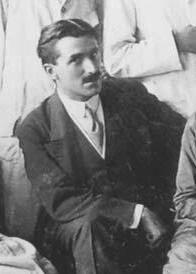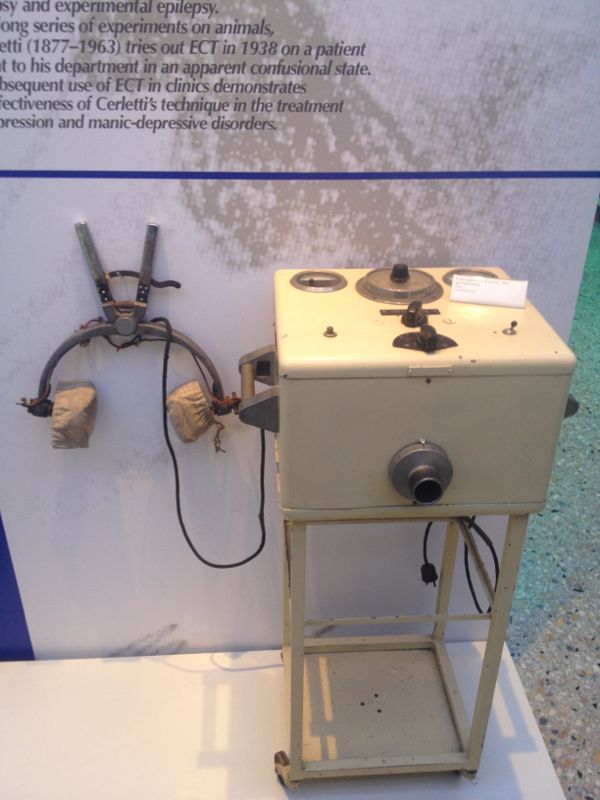The Story of ECT
Electroconvulsive therapy (ECT), formerly known as electroshock therapy, is a psychiatric treatment that involves inducing a brief seizure in the patient by passing electric currents through the brain. It has a long and controversial history, with both proponents and critics.
The origins of ECT can be traced back to the 16th century when camphor-induced convulsions were used to treat psychiatric disorders. However, the modern form of ECT was developed in the 1930s by Italian neurologists Ugo Cerletti and Lucio Bini, who were inspired by the idea that inducing seizures could help alleviate certain mental illnesses.
Electroconvulsive therapy (ECT), formerly known as electroshock therapy, is a psychiatric treatment that involves inducing a brief seizure in the patient by passing electric currents through the brain. It has a long and controversial history, with both proponents and critics.

The origins of ECT can be traced back to the 16th century when camphor-induced convulsions were used to treat psychiatric disorders. However, the modern form of ECT was developed in the 1930s by Italian neurologists Ugo Cerletti and Lucio Bini, who were inspired by the idea that inducing seizures could help alleviate certain mental illnesses.
Initially, ECT was administered without muscle relaxants or anesthesia, which often resulted in fractures and other injuries. This led to public outcry and concerns about the inhumane nature of the treatment. However, with the introduction of muscle relaxants and anesthesia in the 1950s, ECT became safer and more widely accepted.

During the mid-20th century, ECT was used extensively for treating a wide range of psychiatric disorders, including depression, schizophrenia, and bipolar disorder. However, its widespread use and potential for abuse, particularly in institutions, led to criticism and calls for reform.
In the 1970s and 1980s, the use of ECT declined significantly due to the introduction of new psychiatric medications and concerns about its safety and efficacy. However, it continued to be used as a last resort for severe and treatment-resistant cases of depression and other mental illnesses.

Today, ECT is considered a safe and effective treatment for certain severe psychiatric disorders, particularly severe depression that does not respond to other treatments. It is typically administered under general anesthesia and with muscle relaxants to minimize side effects and discomfort.
While ECT remains controversial, with concerns about memory loss and other potential side effects, it is still used in many countries as a viable treatment option when other therapies have failed. Efforts have been made to improve the technique and minimize side effects, and ongoing research continues to explore its mechanisms and potential applications.
Initially, ECT was administered without muscle relaxants or anesthesia, which often resulted in fractures and other injuries. This led to public outcry and concerns about the inhumane nature of the treatment. However, with the introduction of muscle relaxants and anesthesia in the 1950s, ECT became safer and more widely accepted.
During the mid-20th century, ECT was used extensively for treating a wide range of psychiatric disorders, including depression, schizophrenia, and bipolar disorder. However, its widespread use and potential for abuse, particularly in institutions, led to criticism and calls for reform.
In the 1970s and 1980s, the use of ECT declined significantly due to the introduction of new psychiatric medications and concerns about its safety and efficacy. However, it continued to be used as a last resort for severe and treatment-resistant cases of depression and other mental illnesses.
Today, ECT is considered a safe and effective treatment for certain severe psychiatric disorders, particularly severe depression that does not respond to other treatments. It is typically administered under general anesthesia and with muscle relaxants to minimize side effects and discomfort.
While ECT remains controversial, with concerns about memory loss and other potential side effects, it is still used in many countries as a viable treatment option when other therapies have failed. Efforts have been made to improve the technique and minimize side effects, and ongoing research continues to explore its mechanisms and potential applications.


